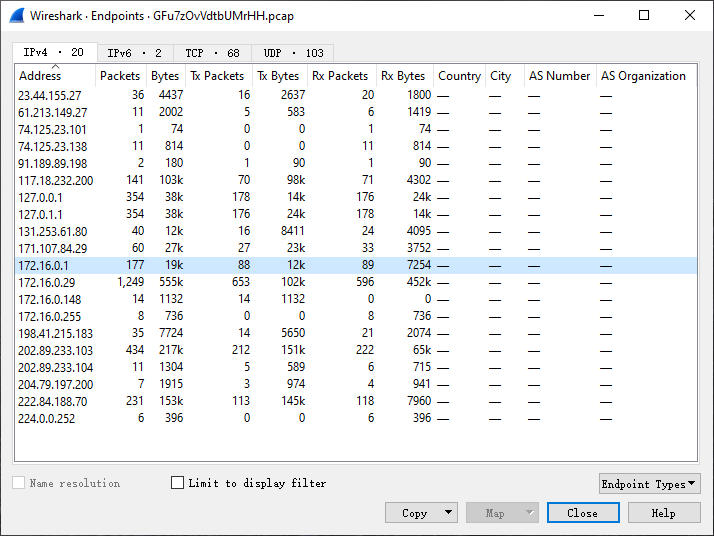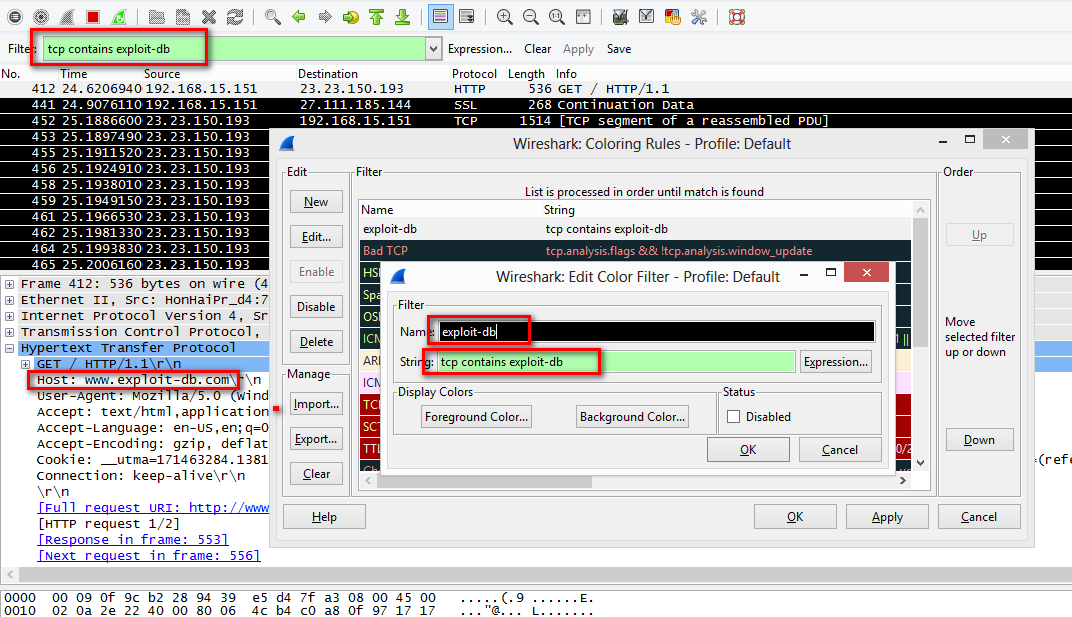



The $1 is essentially a variable, and you can have multiple variables in complex macros. Then enter the macro syntax: ip.addr = $1 To define the macro select Analyze> Display Filter Macros and you will get the following pop-up:Īs with any of the Wireshark lists, click the "+" sign to add a macro.Įnter the name of the macro (no spaces allowed): I used IPA Let's start with a really simple one that you probably would never actually define because, like most of us, you know the filter by heart: the ip.addr = a.b.c.d filter.Ĭreating Your First Simple Display FIlter Macro You have to define the macro first, using variables, that when you execute the macro, the variables are then inserted. In the entire Wireshark web site, there may be 10 total sentences dedicated to the capability. Luckily Wireshark has a very little known capability called display filter macros. Also, if you want to be able to replace addresses, the possibility of typos and time being lost becomes evident, if not frustrating. The challenge can be to recall these filters, end edit them in different analysis cases. If you are a Wireshark power user, you know the importance of complex display filters to narrow searches for very particular items. Our Udemy course on Wireless Packet capture Our custom profiles repository for Wireshark 5 of 5 - 1 votes Thank you for rating this article.Ĭheck out these great references as well:


 0 kommentar(er)
0 kommentar(er)
